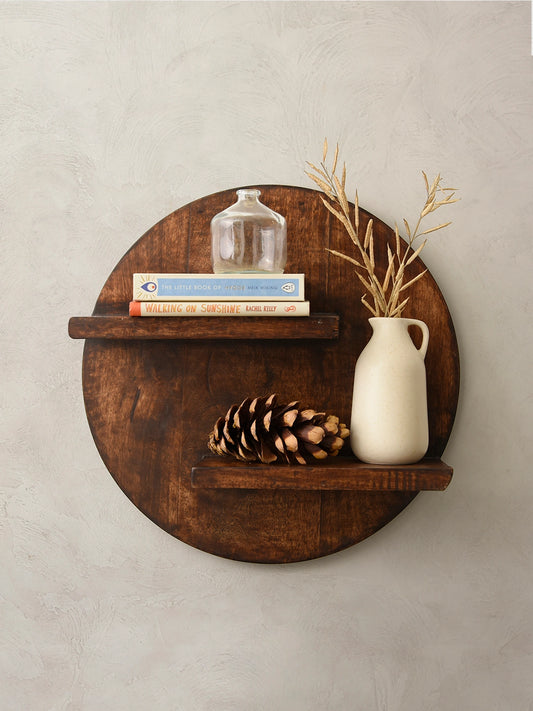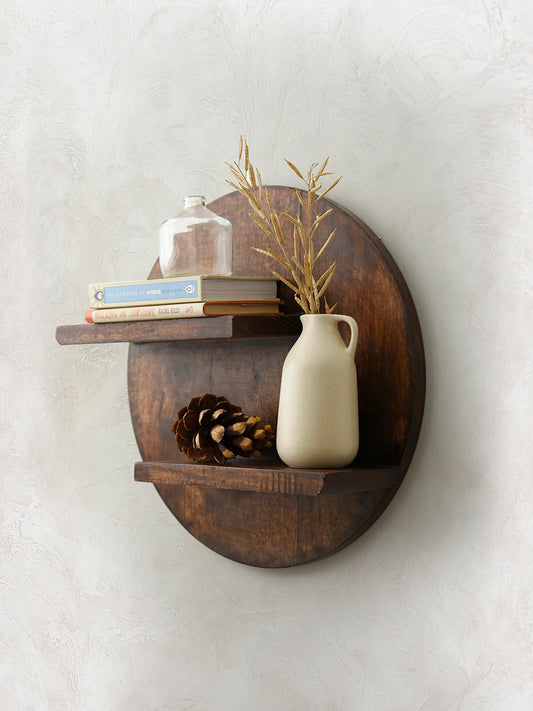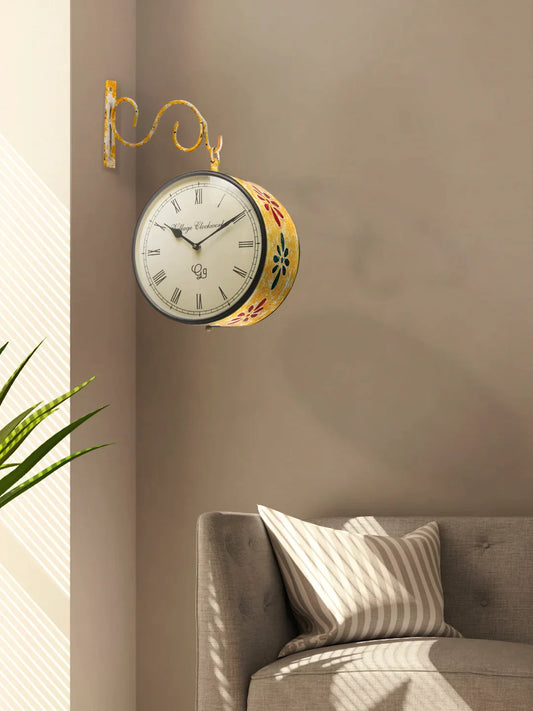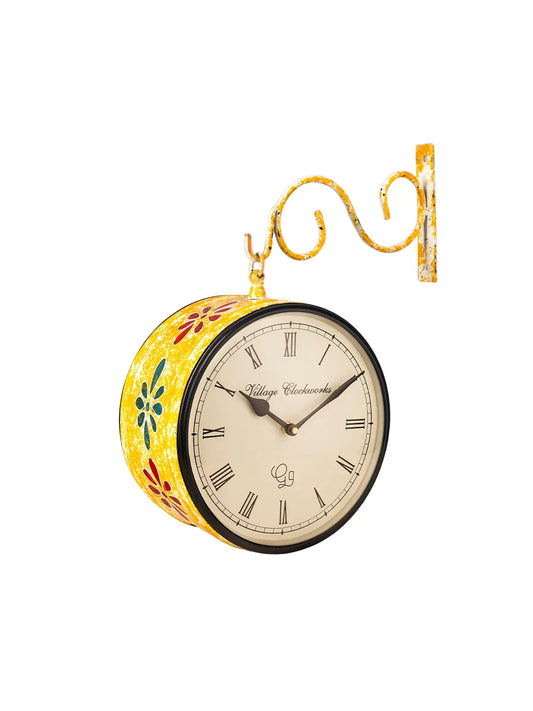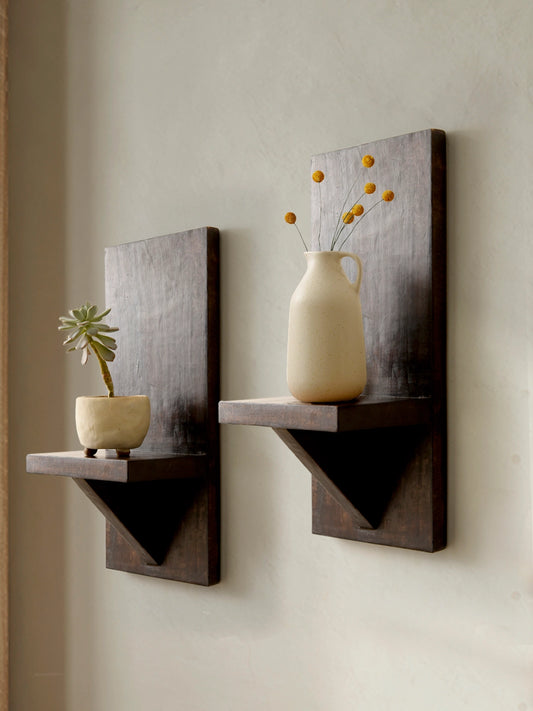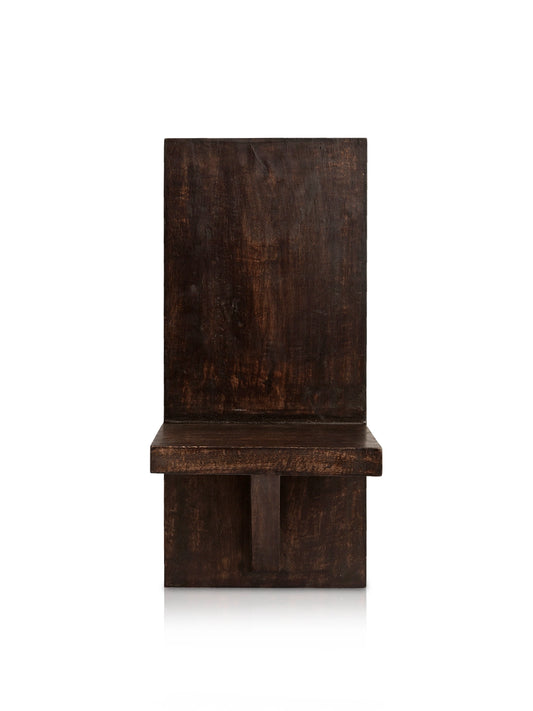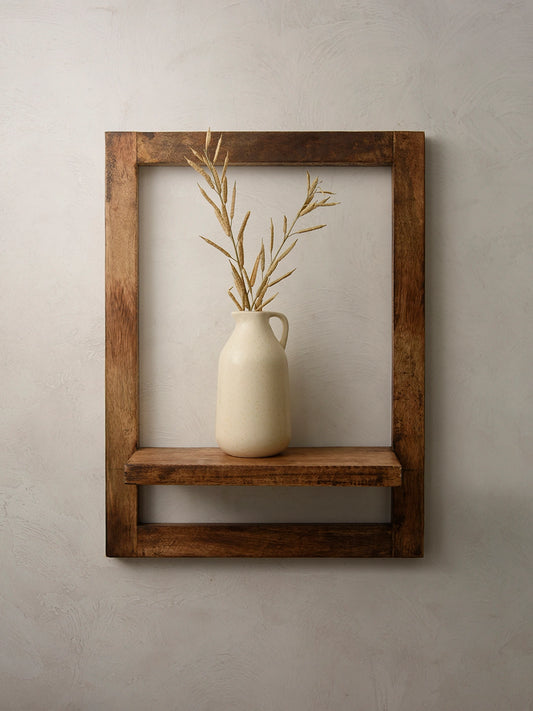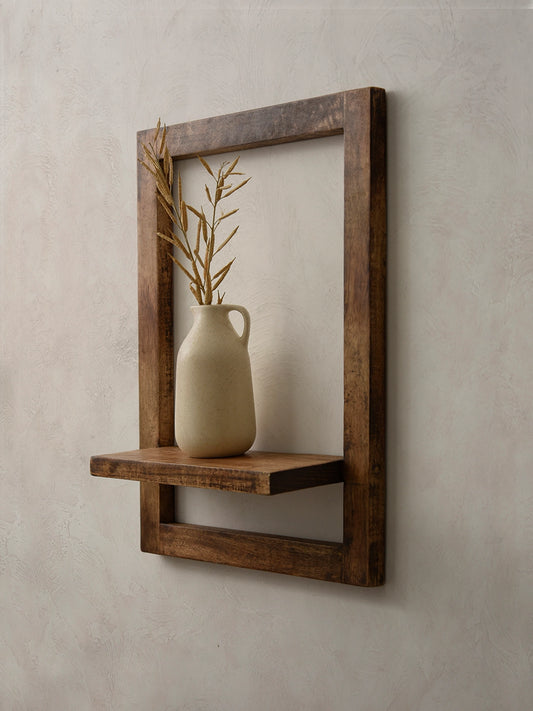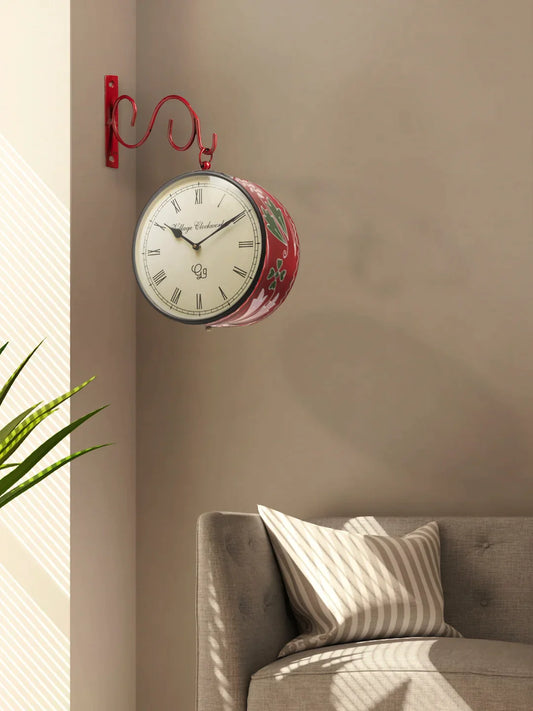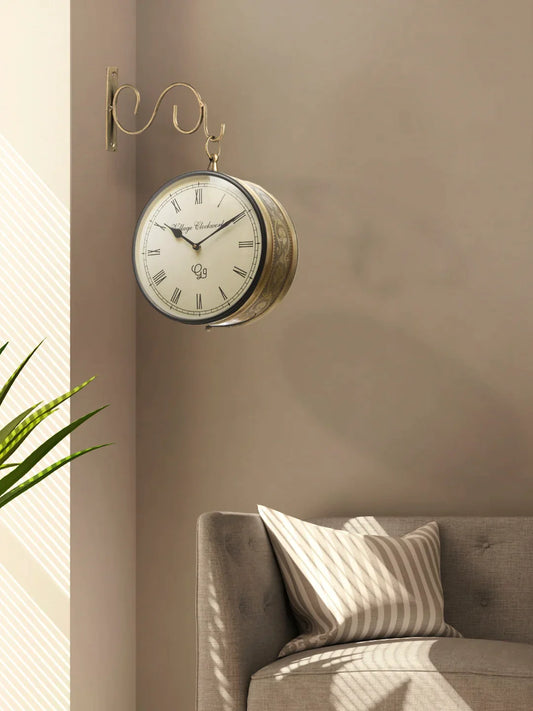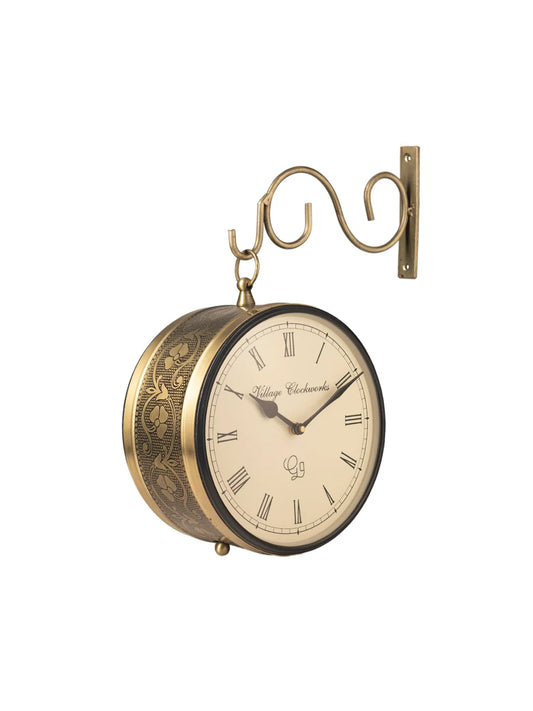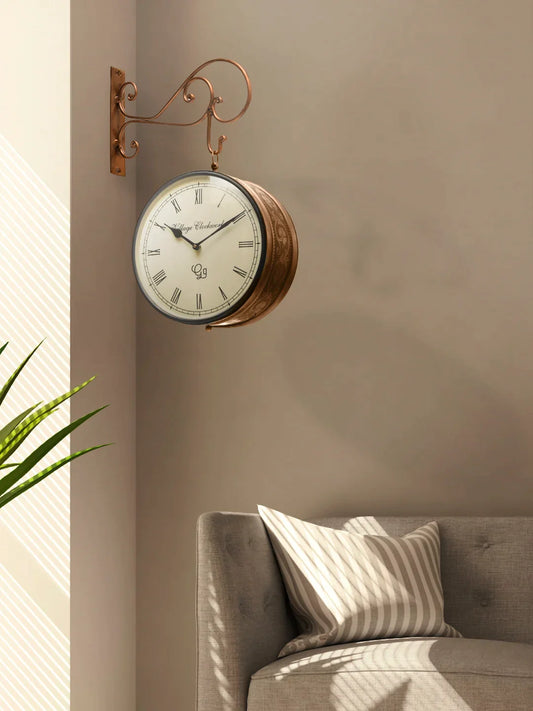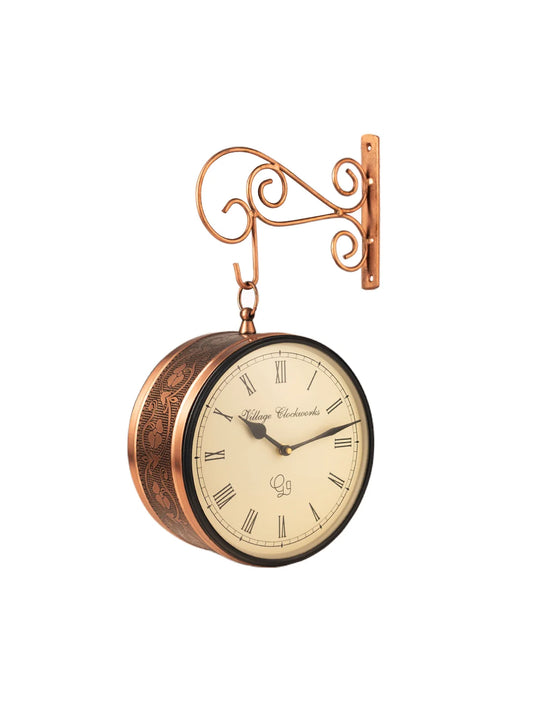Introduction
Lighting is one of the most transformative elements in interior design. It shapes the ambiance, functionality, and personality of a space. Among various lighting options, ambient lighting serves as the foundation, creating a soft, inviting glow that ties the room together. Floor lamps, with their versatility and style, are excellent tools for crafting ambient lighting zones. These zones enhance your home's aesthetics and functionality, creating spaces tailored for specific activities like relaxing, reading, dining, or working. This blog will explore how to strategically use floor lamps to create ambient lighting zones that elevate your interiors.
Understanding Different Types of Floor Lamps
Not all floor lamps are created equal. Each type offers unique lighting benefits that can serve different purposes:
Torchiere Lamps: Designed to direct light upward, these lamps bounce light off the ceiling, creating a soft and even glow. Torchiere lamps are perfect for general ambient lighting and work wonderfully in living rooms and bedrooms.Arc Lamps: Featuring a curved arm that extends outward, arc lamps offer overhead lighting without the need for ceiling fixtures. They are ideal for illuminating seating areas, reading nooks, or dining tables, adding both functionality and a dramatic design statement.
Multi-Head Adjustable Lamps: These lamps come with multiple adjustable light sources, making them a versatile choice for customizable lighting. Perfect for multi-functional spaces, they allow you to direct light precisely where it’s needed.
Wooden floor Lamps: Natural materials that bring warmth and texture. Wooden floor lamps offer an organic feel, with options ranging from rustic to refined styles that complement various decor themes.
Planning Your Lighting Zones
Before purchasing or placing floor lamps, it's crucial to plan your lighting zones thoughtfully.
Assess Room Layout and Natural Light: Examine the room's shape, size, and existing natural light sources. Identify areas that feel dim or underutilized.Define Primary Activity Areas: Determine the main functions of each part of the room, such as a cozy reading corner, a conversation zone, or a work area.
Understand Traffic Flow: Consider how people move through the room to avoid placing floor lamps where they might obstruct pathways or create hazards.
Determine Ideal Light Levels: Different zones require varying levels of brightness. For example, a relaxation corner may benefit from a warm, soft light, while a workspace might need brighter, focused lighting.
Creating Specific Ambient Zones
Floor lamps are versatile tools for defining and enhancing distinct zones within your home. Here’s how to use them effectively:
Reading and Relaxation Corners: Place a torchiere or adjustable lamp next to a comfortable chair to create a well-lit reading nook. Pair it with a warm-toned bulb to foster a cozy and inviting atmosphere.Conversation Areas: An arc lamp positioned above a seating arrangement can provide focused overhead light, making the space perfect for socializing. The curved design of the lamp also adds a touch of elegance.
Home Office Solutions: A multi-head adjustable lamp works wonders in home offices. Direct one head toward your desk for task lighting while using the others for ambient light to reduce eye strain.
Dining Area Ambiance: Position a column or arc lamp near your dining table to create an intimate and welcoming environment for meals. The soft glow enhances the mood without being overpowering.
Transitional Spaces: Floor lamps in hallways or transitional areas like entryways provide subtle illumination, guiding movement while adding a decorative touch. Choose slim designs that don’t obstruct pathways.
Strategic Placement Techniques
Proper placement of floor lamps is essential to maximize their impact and ensure a harmonious look.
Use Corners Wisely: Positioning floor lamps in corners can brighten dark spots and make the room feel larger and more balanced.Work with Angles: Place lamps at angles to highlight specific areas or create a dynamic lighting effect. For example, a lamp angled toward a wall can create a beautiful wash of light.
Layer Lighting Sources: Combine floor lamps with other lighting fixtures, such as pendant lights or wall sconces, to add depth and dimension to the room.
Vary Heights: Use lamps of different heights to create visual interest and avoid a monotonous lighting scheme.
Avoid Glare and Shadows: Ensure that the lampshade and bulb position prevent glare, especially in areas like living rooms or workspaces.
Choosing the Right Bulbs
The bulb you choose significantly impacts the quality and mood of your lighting.
Color Temperature: For a warm and cozy feel, opt for bulbs with a color temperature of 2700K to 3000K. For task-oriented zones, cooler tones around 4000K to 5000K work best.Lumens and Brightness: Match the bulb’s brightness level to the purpose of the zone. A reading corner may require higher lumens, while a relaxation area benefits from softer light.
Smart Bulbs: Consider smart bulbs that allow you to adjust brightness, color temperature, and even hues remotely. They add flexibility to your lighting setup.
Energy Efficiency: LED bulbs are energy-efficient and long-lasting, making them a cost-effective and eco-friendly choice for floor lamps.
Common Mistakes to Avoid
Even the most stylish floor lamps can fail to achieve their purpose if not used correctly.
Crowding the Space: Overloading a room with too many lamps can make it feel cluttered. Ensure that there’s sufficient spacing between lamps.Improper Height: A lamp that’s too tall or too short can create uneven lighting. The bottom of the lampshade should ideally be at eye level when seated.
Ignoring Cord Management: Dangling cords can ruin the look of a well-decorated room. Use cord clips or conceal cords along baseboards for a tidy appearance.
Forgetting Dimming Options: Dimmers allow you to adjust the light intensity for different times of day or moods, offering greater control over your lighting design.
Advanced Tips and Tricks
To take your lighting design to the next level, consider these advanced techniques:
Use Mirrors to Amplify Light: Position floor lamps near mirrors to reflect and magnify light, making the room feel brighter and more spacious.Coordinate with Other Fixtures: Match the design and light quality of your floor lamps with other lighting sources for a cohesive look.
Seasonal Adjustments: Switch bulbs to warmer tones in winter and cooler tones in summer to match the season's mood.
Mood Lighting with Colors: Experiment with colored bulbs to create unique atmospheres. Soft yellows and oranges can evoke warmth, while blues and greens offer a calming effect.
Conclusion
Strategic floor lamp placement is a powerful way to create ambient lighting zones that enhance your space's functionality and aesthetics. By understanding different lamp types, planning your layout, and using thoughtful placement techniques, you can craft a home that feels both comfortable and visually stunning. Choose the right bulbs, avoid common mistakes, and don’t hesitate to experiment with advanced tips like mirror placements or colored bulbs. With these strategies, your floor lamps will become more than just light sources—they’ll transform your home into a beautifully lit sanctuary.


